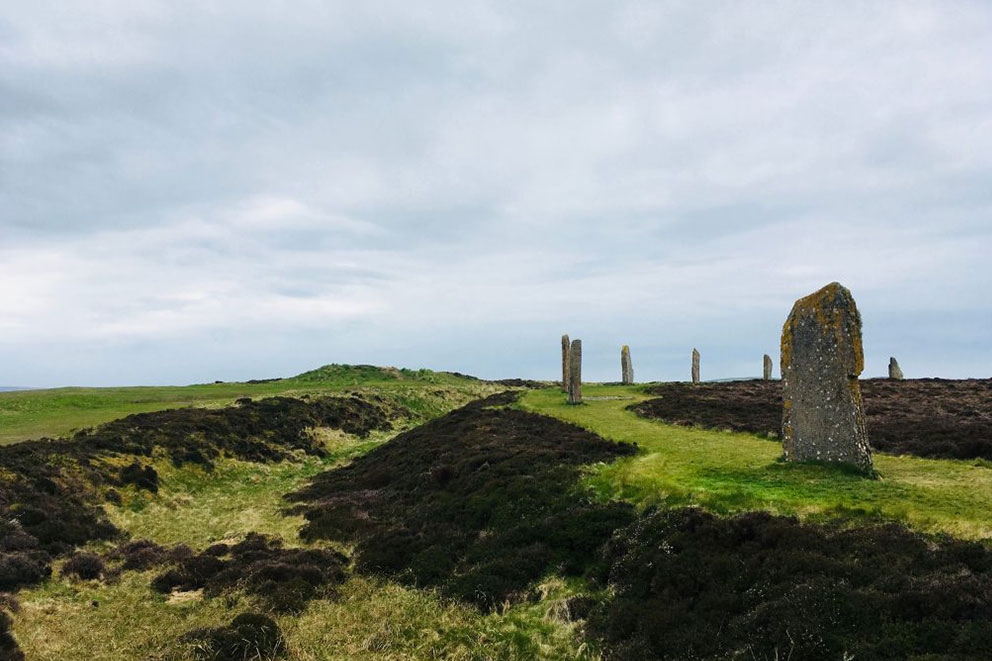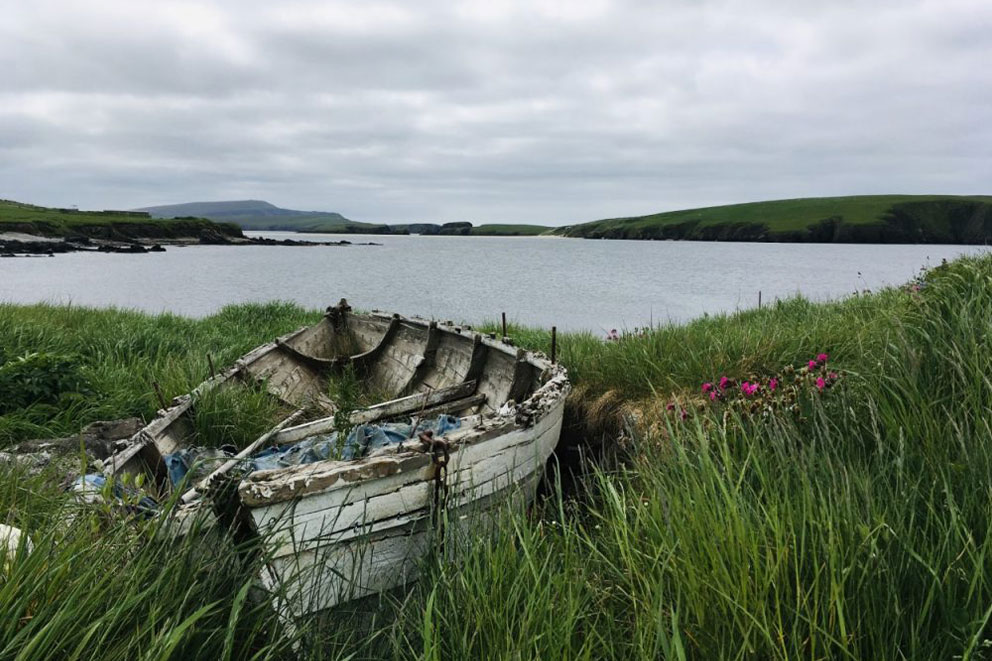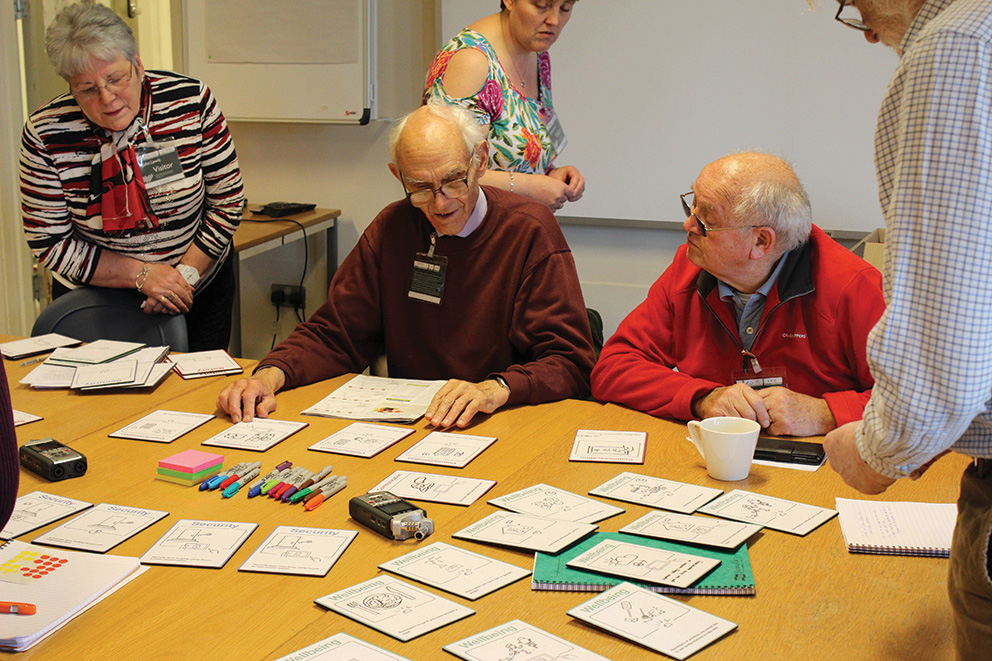Design Innovation and Land-Assets

The Design Innovation and Land Assets (DI&L) LRN is made up of academics, practitioners, specialists in rural sustainability, human geography, cultural policy and groups undertaking community land reform projects.
In working to develop an early-stage, landscape decision-making framework, the network will focus on the context of community landownership in the Hebrides in Scotland as an exemplar case. The selection of this context is based on the prominence and maturity of the issue both socially and politically in Scotland, as well as its special relevance for the subject of land-asset decision-making. Drawing on the network’s expertise in this area, the aim is to develop a framework that will have wide applicability and transferability to other contexts in the UK and beyond.
Co-Investigator Brian Dixon introduces the project in this short video
The DI&L LRN team comprises Prof. Lynn-Sayers McHattie of GSA’s Innovation School as Principal Investigator, with Dr. Brian Dixon of University of Ulster in the role of Co-Investigator. The team will be supported by Prof. Frank Rennie at the University of Highlands & Islands. Frank’s research involves the animation of grassroots community development, especially mechanisms for participation in integrated rural development initiatives. His expertise extends to the practical systems for securing sustainable development and the attendant cultural and social issues as a mechanism for development. Further stakeholders in the network include those involved in rural land use and shared land assets who in turn will mobilise their networks allowing for enhanced engagement and impact. These organisations and experts will include Highlands and Islands Enterprise representatives; experts in land-reform; and academics working in the area of regional specialisation and policy; as well as three Hebrides communities that are currently in the process of undertaking community landownership projects.
The project will conclude with a DI&L symposium in September 2021, which will simultaneously draw together, evaluate and disseminate the insights and findings. Impact beyond academia will be an embedded component within the project, in the sense that real issues will be explored in the workshops with community members and activists. Dissemination of the project will occur through the production of a publication/report, visual assets (videos and photography) to be distributed both physically and digitally amongst all partners, relevant regional and international policy-makers and wider public.

Image of Orkney by Michael Johnson

Image of Shetland by Michael Johnson

